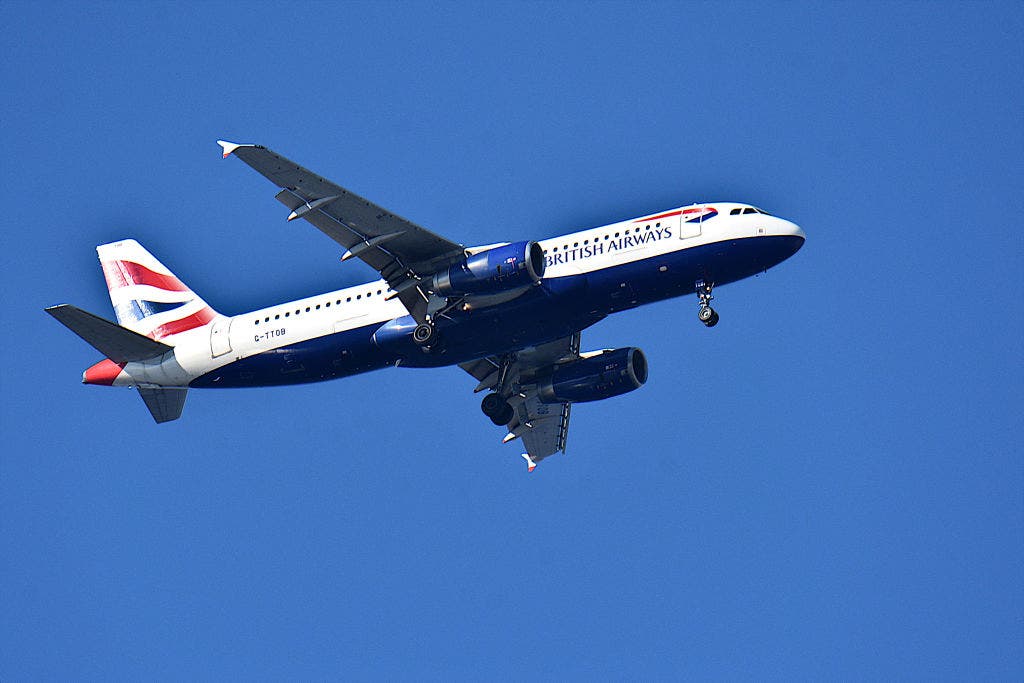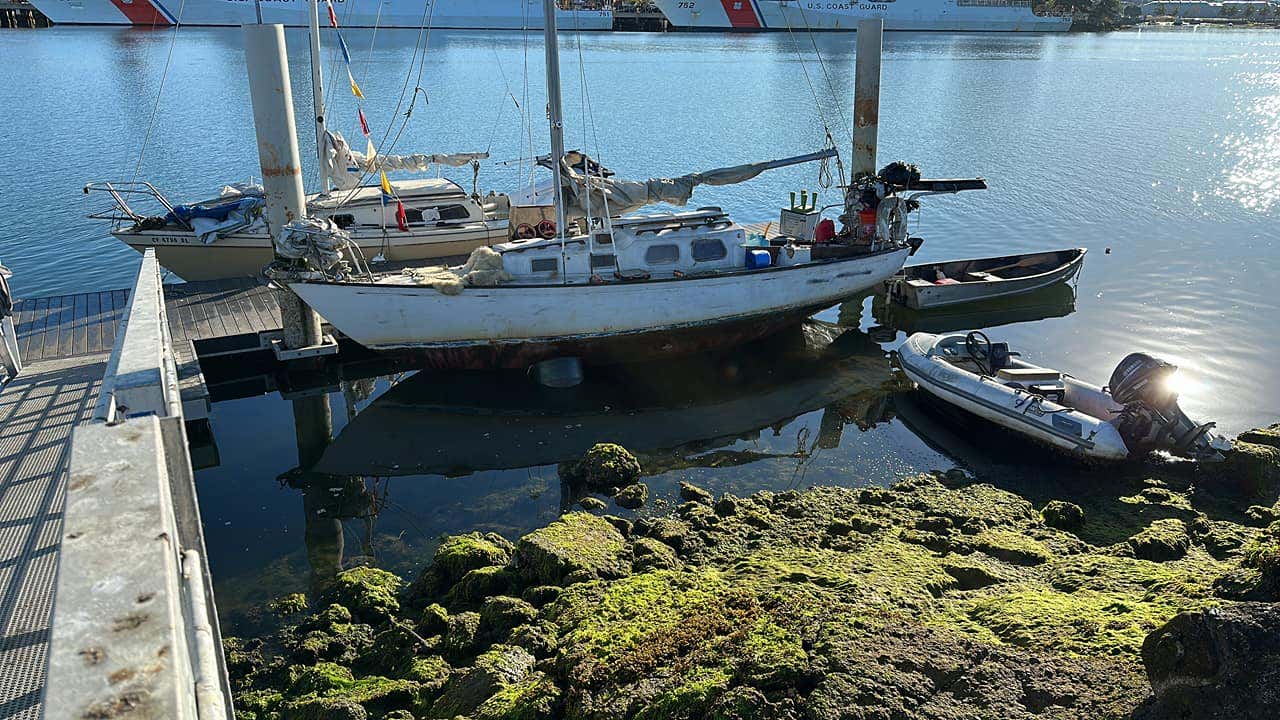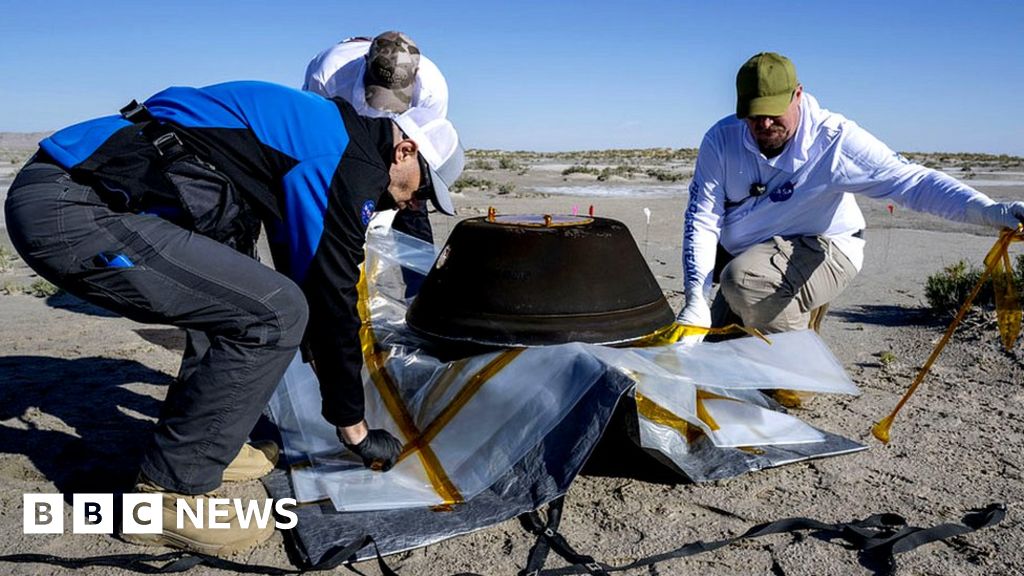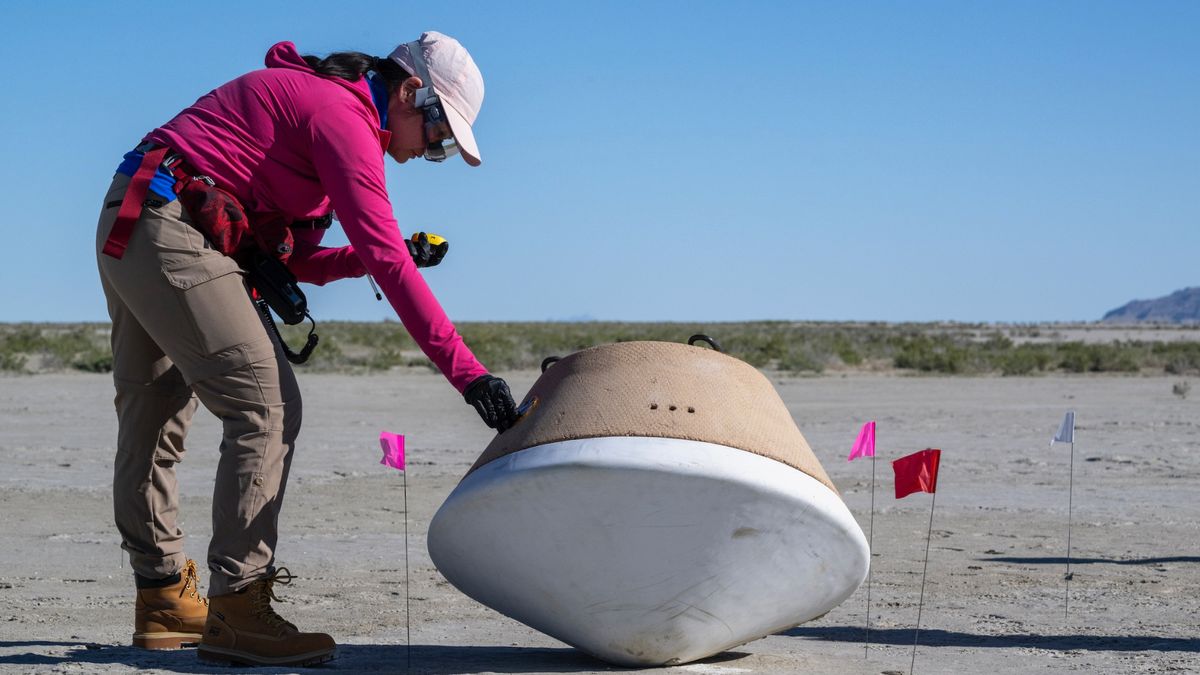Science & Tech
The Aerocon Wingship: 7 stunning images of DARPA's 'huge' answer to the Russian Ekranoplan
The Aerocon Dash 1.6 wingship was a giant flying hotel, that could travel at just a few meters above the water at 460 mph, and had the capacity to carry thousands of passengers.
The Aerocon Wingship, which was twice as big as a jumbo jet, had the potential to revolutionize aviation. If it had ever been realized, it would have dwarfed the largest airliners in the world.
400 tons and 566-feet-long (172.5 meters), this mighty machine was a design financed by the U.S. Defense Advanced Research Projects (DARPA) with lofty goals to transport thousands of passengers and 1,500 tons of goods close to the sea surface.
With 20 rocket engines mounted on wings close to the plane's nose, engineers estimated that the enormous aircraft could fly around 12,000 miles (19,312 km).
The surface-hugging aircraft would operate by employing a principle known as the "ground effect", which forms an air bubble beneath the vessel. This would allow the Aerocon to hover just above the water's surface, unlike airplanes, which travel thousands of feet in the air.
This effect is comparable to a hovercraft but allows for far faster and more stable travel, opening the door for potentially enormous flying ships like the Aerocon Wingship.
But because of its tremendous range, it could also travel nonstop from the U.S. to practically everywhere, including China, Japan, and Australia.
Additionally, it could haul 30 times as much weight as a Boeing 747 while flying at aircraft-level speeds and skimming up to 100 feet above the ocean.
It was planned that the aircraft would be opulent, carrying rooms, bars, and restaurants much like a massive flying hotel or cruise ship. The Wingship could also pull up to the dock and open its back doors like a roll-on, roll-off ferry, allowing people to possibly even bring their cars.
Steven Hooker, the lead designer of the aircraft, got the idea for the Wingship after seeing Caspian Sea Monster-like vehicles (aka the Ekranoplan) in the Soviet Union.
Only one of the beast's experimental ground effect vehicles, which could reach speeds of 311 mph (500 kph), was ever constructed because the Kremlin lost interest in the plane.
Hooker, on the other hand, believed he could do better and concocted his Wingship, which was 10 times larger than the "Sea Monster".
When it first debuted in the 1990s, he anticipated that his device could transport passengers across the Atlantic for as little as £60 ($72.4) per ticket.
Furthermore, Hooker found that the bigger, the better rule really applied because of the way the ground effect notion functions. He told Popular Mechanics, “in order to build a large aircraft, I have to build a huge aircraft.”
https://www.popularmechanics.com/science/energy/a40568758/nuclear-fusion-powered-flying-hotel/
https://interestingengineering.com/innovation/aerocon-wingship-darpas-answer-to-ekranoplan
























































